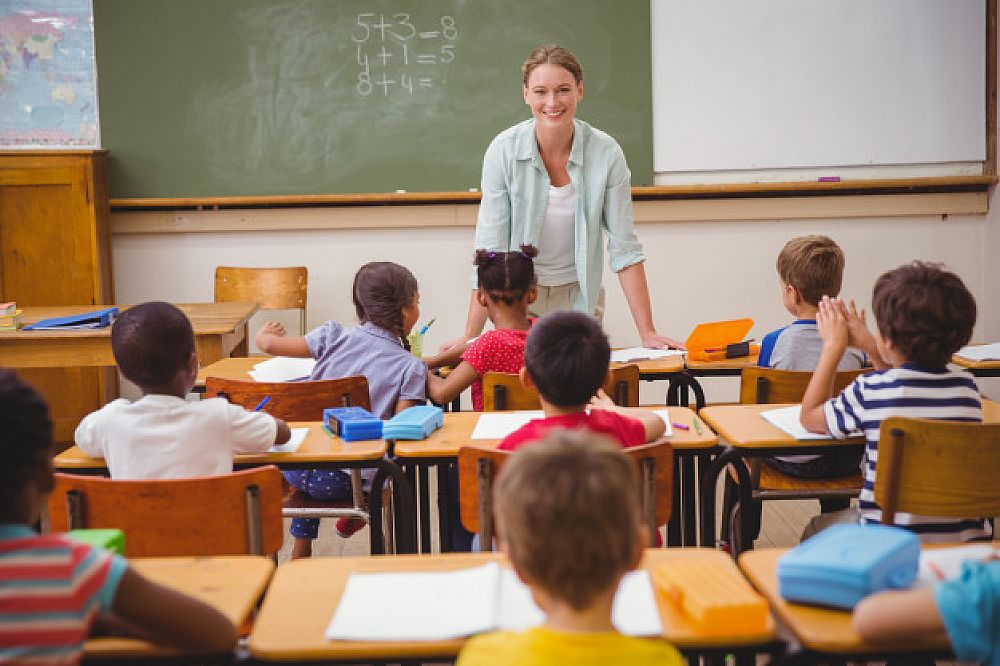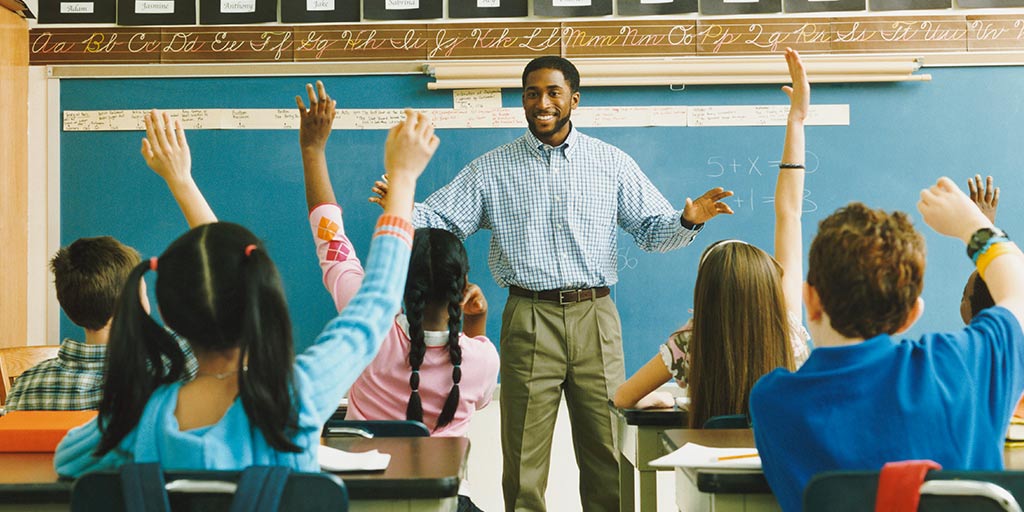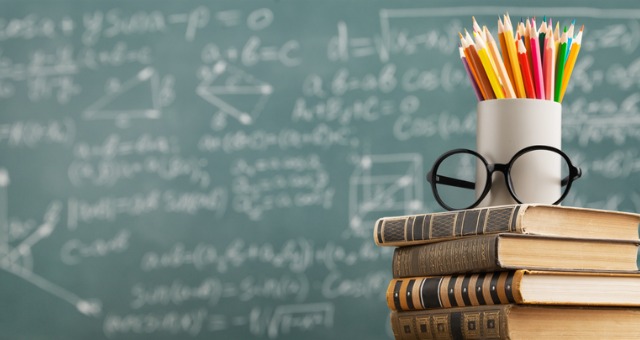Affordable Primary Science Tuition Singapore for All Learning Needs
Affordable Primary Science Tuition Singapore for All Learning Needs
Blog Article
Checking Out the Various Teaching Techniques in Main Science Education Today
Inquiry-based knowing, hands-on experiments, and the assimilation of technology are redefining exactly how teachers engage young minds. Furthermore, collaborative approaches and distinguished direction are being employed to cater to the varied needs of students, improving both interaction and understanding.
Inquiry-Based Discovering
Inquiry-Based Understanding (IBL) is a pedagogical method that urges pupils to check out clinical concepts through questioning, investigation, and hands-on trial and error. This method highlights the duty of students as active individuals in their understanding, promoting essential thinking and analytic skills. By involving with real-world inquiries, students become curious and inspired, which enhances their understanding of scientific principles.
In IBL, teachers function as facilitators, leading pupils as they navigate their questions as opposed to providing information straight. This student-centered technique enables differentiation, accommodating numerous finding out designs and rates. Pupils establish abilities in formulating theories, developing experiments, and analyzing data, which are crucial for scientific literacy.
Additionally, IBL fosters cooperation among trainees, urging them to share ideas and searchings for. This cumulative inquiry promotes social abilities and a sense of neighborhood within the classroom. In addition, the procedure of inquiry motivates resilience, as pupils find out to embrace failure as a tipping rock toward understanding.
Hands-On Experiments
Hands-on experiments are a vital component of effective science education and learning, enhancing the principles of inquiry-based knowing. These experiments permit pupils to involve straight with clinical principles, cultivating a much deeper understanding with experiential discovering. By adjusting materials and observing outcomes, young learners can understand abstract concepts in tangible ways.
Such tasks promote critical reasoning and analytic abilities, as students hypothesize end results, conduct experiments, and examine outcomes. This process urges them to ask inquiries, improve their understanding, and develop a clinical attitude. Hands-on experiments can be customized to varied learning designs, making certain that all trainees have the opportunity to engage meaningfully with the content.
Moreover, hands-on experiments commonly encourage partnership among peers, advertising synergy and communication skills. Working in groups enables pupils to share ideas, discuss findings, and pick up from one an additional, which boosts their overall instructional experience.
Incorporating hands-on experiments into the key science educational program not only enhances the discovering atmosphere yet likewise grows a lifelong interest in science. By proactively joining their education and learning, students are more most likely to create an interest for clinical inquiry that expands past the class.

Modern Technology Combination
Incorporating innovation right into primary scientific research education has actually come to be progressively important in cultivating student engagement and enhancing finding out end results. Making use of electronic devices, such as interactive simulations, online labs, and academic software application, offers trainees with chances to discover scientific principles in innovative ways. These resources assist in a deeper understanding of complex subjects by permitting learners to picture and manipulate variables that would certainly be unwise in a typical class setup.
In addition, modern technology combination encourages customized learning experiences. Students can progress at their own rate, taking another look at tough ideas with multimedia sources, which accommodate various understanding designs. This adaptability not just sustains private growth however additionally cultivates a sense of freedom in students.
Furthermore, innovation acts as a bridge to real-world scientific research, connecting trainees with present research study and specialist contributions. Accessibility to on-line data sources and scientific journals expands students' viewpoints on clinical inquiry and fosters important believing skills.
Collaborative Discovering
Collaborative learning plays a crucial role in primary science education by fostering synergy and interaction abilities amongst pupils. This approach urges learners to collaborate, share understanding, and take part in analytical, which improves their understanding of scientific principles. By participating in group activities, pupils learn to express their concepts, listen to diverse viewpoints, and discuss options, all of which are essential skills in both academic and real-world contexts.

Research indicates that collective discovering can result in enhanced motivation and engagement in scientific research subjects, as pupils discover pleasure in common experiences (primary science website here tuition Singapore). In addition, this method prepares students for future collective undertakings, furnishing them with the skills required for reliable synergy in higher education and specialist environments. Eventually, accepting collective discovering in key science education and learning can dramatically enrich the knowing experience and promote a deeper understanding of clinical questions
Set Apart Direction

Differentiated instruction can manifest in different ways, such as varying the material, procedures, or items of understanding. Teachers may utilize tiered projects that provide varying degrees of intricacy, enabling trainees to work at their respective preparedness levels. Additionally, versatile grouping techniques can assist in cooperation amongst trainees with different abilities, promoting peer discovering.
Evaluation plays an essential duty in this method, as it informs guideline and aids educators recognize each trainee's one-of-a-kind needs. Formative assessments, such as monitorings and quizzes, can assist teachers in readjusting their approaches to enhance discovering outcomes. primary science tuition Singapore. Inevitably, by applying set apart direction in key science education, teachers can grow an extra equitable and reliable knowing atmosphere, empowering all trainees to reach their full capacity in understanding clinical sensations
Conclusion
In summary, the diverse teaching techniques in primary science education, including inquiry-based learning, hands-on experiments, technology integration, joint knowing, and differentiated instruction, jointly add to a more effective understanding atmosphere. site These techniques promote essential thinking, analytical skills, and a much deeper comprehension of clinical principles. By applying these approaches, teachers can produce supportive and appealing classrooms that attend to the different requirements of trainees, ultimately fostering a lifelong passion in scientific research and enhancing academic accomplishment.
Inquiry-Based Understanding (IBL) is a pedagogical approach that encourages students to discover clinical ideas with wondering about, investigation, and hands-on testing.Collaborative learning recommended you read plays an important function in key science education by fostering synergy and interaction abilities amongst students.Research suggests that joint learning can lead to boosted motivation and engagement in scientific research subjects, as trainees discover enjoyment in common experiences.In fostering a comprehensive discovering environment, set apart direction arises as an essential strategy to fit the varied needs and capacities of students in key science education and learning. Ultimately, by carrying out differentiated direction in key science education and learning, teachers can cultivate a more reliable and fair knowing atmosphere, empowering all trainees to reach their full potential in understanding scientific sensations.
Report this page